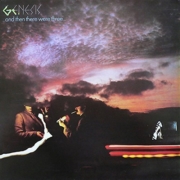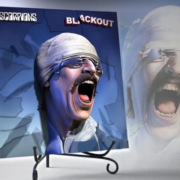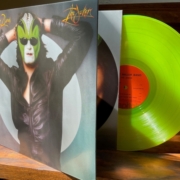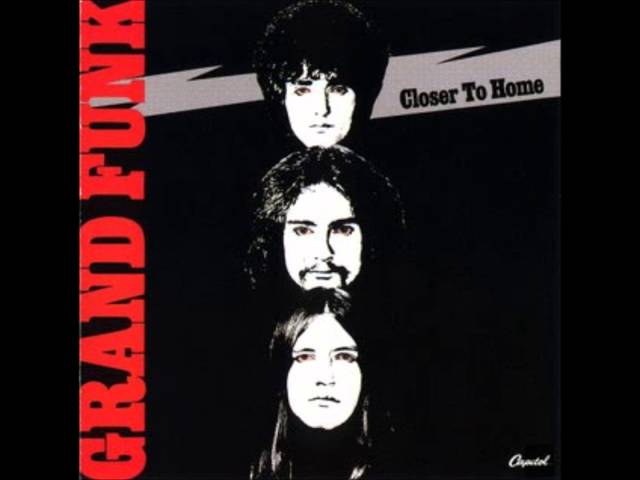Genesis- And Then There Were Three- Mike Rutherford, Phil Collins
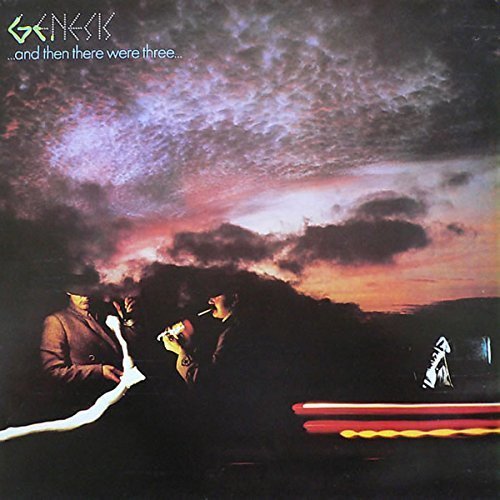 The title of And Then There Were Three, released by English progressive rock band Genesis in 1978, alludes to the second personnel change in less than five years for the group, in this case the defection of guitarist Steve Hackett. It is also the last in a trilogy of transitional albums written and recorded following the exit of Genesis original singer/lyricist/performance artist Peter Gabriel. But most importantly, And Then There Were Three contained the first Genesis honest-to-God US hit, the Top 25 “Follow You Follow Me”, tacked onto the end of side two and self-consciously buried in hopes that it would not damage their Art Rock bona fides.
The title of And Then There Were Three, released by English progressive rock band Genesis in 1978, alludes to the second personnel change in less than five years for the group, in this case the defection of guitarist Steve Hackett. It is also the last in a trilogy of transitional albums written and recorded following the exit of Genesis original singer/lyricist/performance artist Peter Gabriel. But most importantly, And Then There Were Three contained the first Genesis honest-to-God US hit, the Top 25 “Follow You Follow Me”, tacked onto the end of side two and self-consciously buried in hopes that it would not damage their Art Rock bona fides.
In concert prior to 1976, original Genesis lead singer Peter Gabriel was both the vocal and focal point of the English quintet, using lighting, props, make-up, and wardrobe to create a surreal environment for his plaintive voice and fantastic tales. When Gabriel announced his departure following the 1975 Lamb Lies Down on Broadway tour, the thought of Genesis without his riveting visual stage presence left me with images of four anonymous guys playing instrumentals in the shadows on the Genesis Live album cover. Yet when a new Genesis album A Trick of the Tail appeared in 1976, with some of their strongest songs ever, framed by the most muscular production to date, the vocals bore an uncanny resemblance to the departed Gabriel. So who dat? The drummer? You can’t be serious. The drummer? 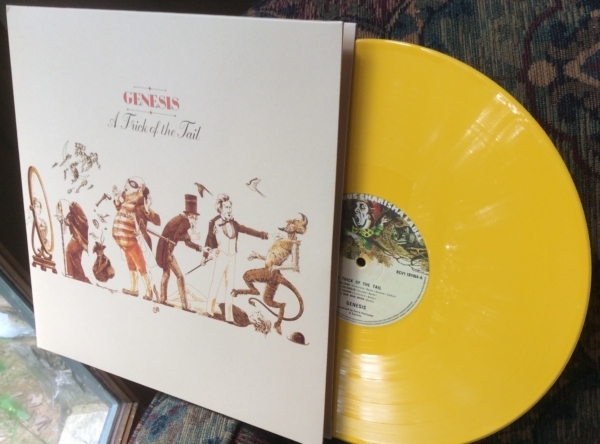
OK , I was duly impressed. A Trick of the Tail sounded like Genesis, but the band’s fan base was built on a cult centered around the live show. So how could their new singer Phil Collins provide that all-important stage presence while anchored at the back behind the drum kit? I discovered the answer in dramatic fashion at the Genesis Wind and Wuthering concert in Hartford’s Bushnell Auditorium in Spring 1977. The band had introduced second drummer Chester Thompson, whose muscular playing proved to be a rhythmic steroid for the band live and was a real treat to watch, as he and Collins played in perfect synchronization.
At a climactic point during the epic song “The Musical Box”, Collins leaped down from his drum riser and bounded out to the center stage microphone while the band played to a crescendo. As Collins sang the refrain, suddenly individual bolts of lime green light pierced the darkness from high above the singer, forming a three-dimensional spinning green cone that rapidly encircled the singer’s frozen form. I fully expected him to disappear before our very eyes, transported away like a real-life Captain Kirk!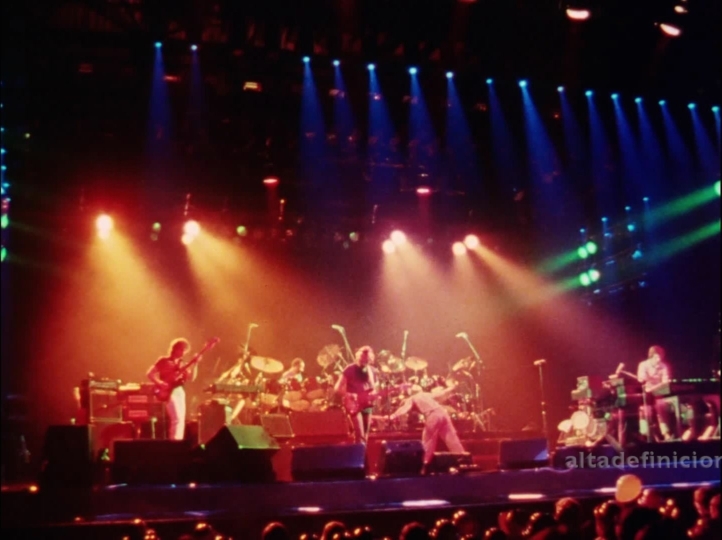
We had just witnessed our first laser light show. Genesis became so innovative with stage lighting that their show became the envy of every touring band, and soon requests to rent the Genesis lighting gear and technicians when they were off the road became so frequent that, within five years, Genesis and manager Tony Smith actually invested in the Dallas-based company Vari-Lite International to do nothing but that. In so doing, Genesis transformed the state of lighting in Broadway theater, network television, concerts, motion pictures, churches, and amusement parks.
Progressive rock band Genesis flirted perilously close to the mainstream for the first time in December 1976 with “Your Own Special Way” on the album Wind and Wuthering, yet there are no reports of any permanent injury to anyone. My guests Phil Collins and Mike Rutherford say that Genesis liked the view so much from that vantage point that they stayed there for the entirety of the Eighties decade, but as you will hear, it came close to never happening- twice. –Redbeard

